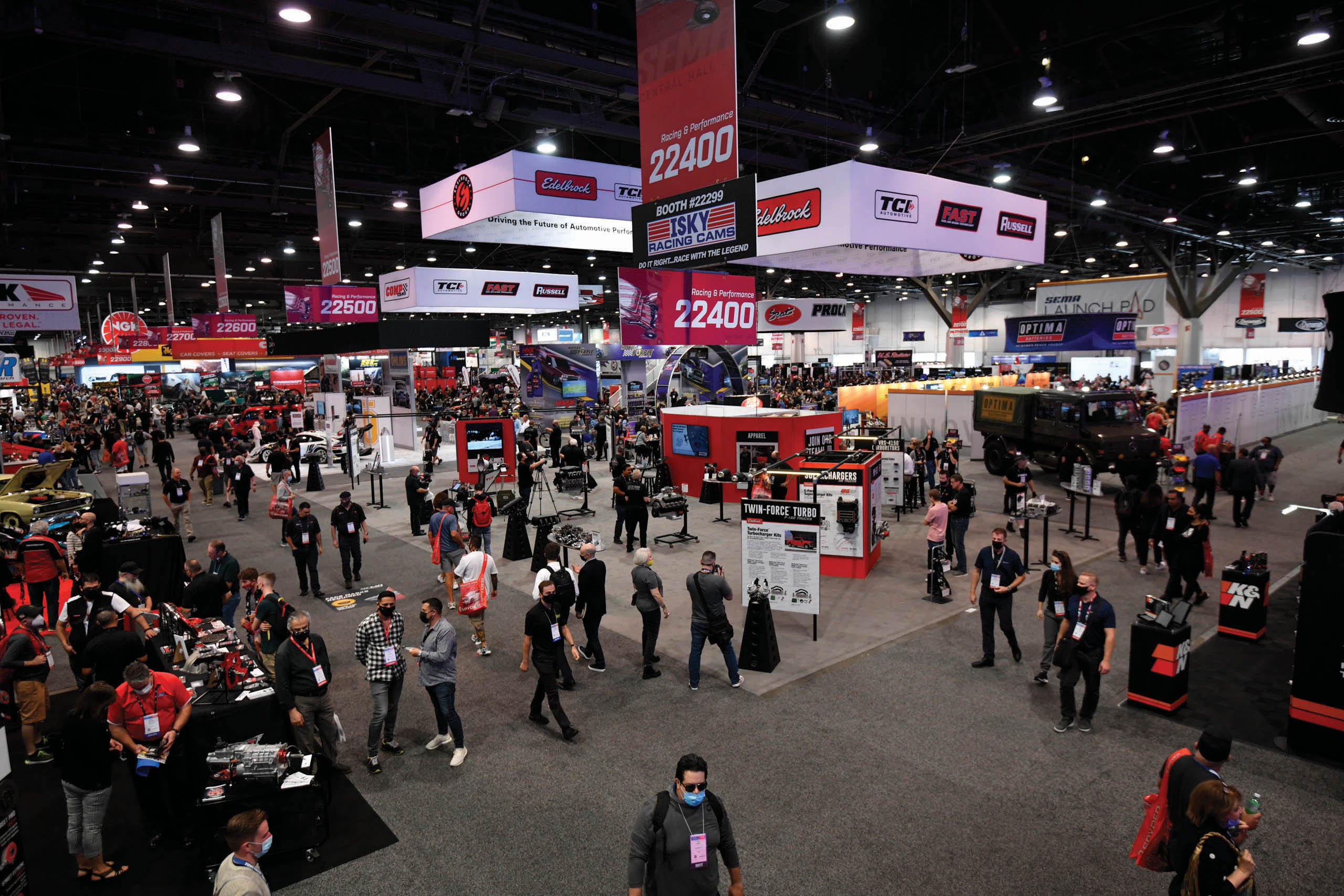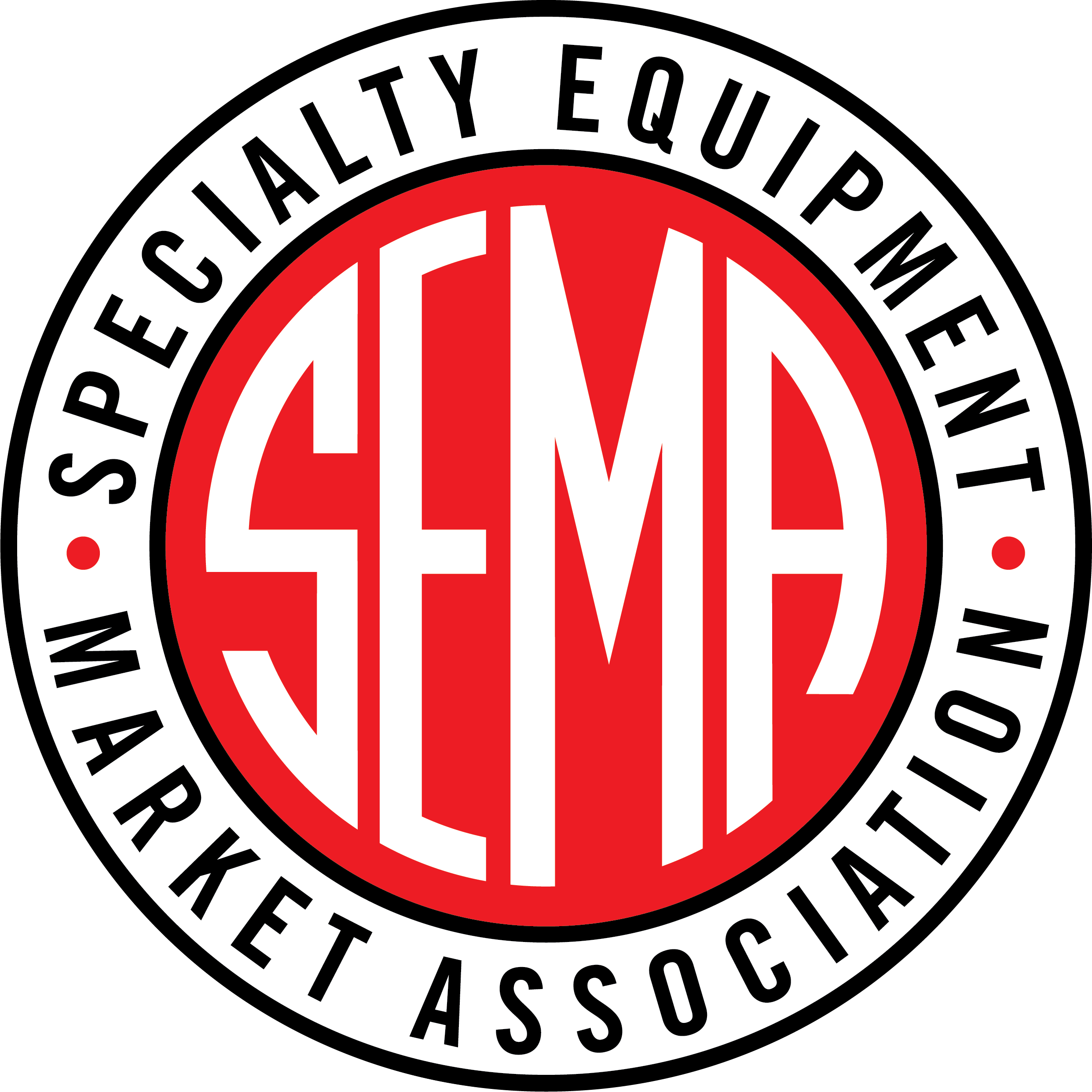2022 Hot-Rod Market Trends

A Legacy Sector Evolves for the Next Generation
Once considered one of the more backward-looking segments of the automotive aftermarket, the hot-rod and street-rod markets have changed radically over the past generation. No longer the exclusive province of '30s–'50s roadsters and sedans equipped with traditional running gear, today's hot rod market spans the automotive spectrum to include '60s–'80s musclecars, pickups and utility vehicles sporting 21st-century technologies. In all, the market has grown into a global industry that constitutes a $1.26-billion market sector, according to the most recent survey from the SEMA Hot Rod Industry Alliance (HRIA).
Like many specialty-equipment market segments, hot rodding faces a number of challenges in the coming years while also presenting opportunities for future growth. For this article, we contacted some two dozen industry insiders representing manufacturers, fabricators, racers, retailers and media. What follows is a compilation of their insights.
The State of the Industry: Catching Up to Consumer Demand
"The best word to describe the current market is 'behind,'" said Trevor Hobson, sales and technical support manager at CVF Racing (booth #23693). "Sales are still strong, but while a lot of the COVID spike has subsided, people are still waiting on parts from a lot of manufacturers around the industry. The strain that has been placed on the global supply chain is being felt all over."
"In 2020, we had one of our best years, but now we've got a pretty good-sized backlog due to supply-chain issues, and we're still trying to catch up," said Clay Johnson, creative director for Lokar.
Despite the challenges, the hot-rod market is presently strong, according to Jeanette Ladima, president of Flaming River Industries (booth #22682).
"The 2021 SEMA Show was a great show for our company," she said. "We continued to see a lot of interest in custom products for the hot-rod market. Customers continue to pursue their passion, particularly enjoying the projects they can do themselves."

What's Trending:
Classic Trucks and New Tech
The consensus among our group of experts was that the biggest drivers of market-development growth today are later-model cars, pickups and digital-age technologies.
"Vehicles of the '80s and early '90s are being accepted as hot rods and classics, thanks to the popularity of square-body GM trucks," said Todd Ryden, media specialist at InGear Media. "There are going to be opportunities for later-model G-bodies, Fox-bodies, Camaros and other trucks as the price point to entry is lower than for a '60s musclecar—plus, the next generation grew up watching those cars when they were new."
Ladima agreed, adding that "incorporating the latest technology such as electric power steering into those musclecars is a major change that customers are embracing."
One place where late-model tech is prevalent these days is under the hood.
"The GM LS engine has been around for 25 years now," said Bill Martens, special performance manager at Chevrolet Performance. "Each new version has represented an improvement in technology. When I go to a truck show or one of the Goodguys events, it's more common to see an LS than it is to see an original engine anymore."
Pickups remain a hot commodity, noted Tim Foss, publisher at In The Garage Media.
"The classic-truck market, while now a solid 20 years old, is an ever-expanding example of how aftermarket manufacturers were quick to recognize an emerging market and react," he said. "It was once the '47–'54 Chevy truck. Then it became the C10 ['67–'72]. Then came the '73–'87 square bodies. Now, the '88–'98 Ford OBS [old body style] are what rodders are building."
On a related note, "It seems that the popularity of overlanding is spreading out into the hot-rod world," Ryden said. "We're seeing more early Broncos, Scouts, Blazers and Cherokees being built and enjoyed."
While new technology has gained widespread acceptance in the marketplace, retro-minded building and styling aesthetics seem to be making a comeback.
"It's refreshing to see people take a more traditional approach to a lot of builds," said Tommy Lee Byrd, marketing and PR coordinator at Coker Tire (booth #22677). "We used to see people grabbing 20- or 22-in. wheels for their musclecar builds. The biggest size they could fit was what they wanted. Now we're seeing people dialing that back a bit and going for a more traditional and tasteful look."

Challenges and Opportunities
Nearly all of our experts agreed that the biggest challenge facing the industry in the short term has been the convulsive influence of COVID upon the existing business model and the need to adapt to changes in consumer spending habits and unforeseen market conditions.
"Rising costs and supply-chain issues will be challenges for just about everyone in the industry, as will reaching out and getting new people involved in our industry," Byrd said. "A lot of new customers are experiencing sticker shock without realizing that a lot of the factors that go into pricing are out of our control."
"In the last couple of years, the biggest change has been how customers have been shopping and how long they are willing to wait." Hobson said. "With super-long lead times, customers have started to shop for what might be in stock versus what they want. They're moving to other options and finding new products they may not have found otherwise."
In the wake of the pandemic, many companies have adopted partial work-from-home policies for their employees, which can pose challenges as well as opportunities.
"You have a lot of potential distractions at home—dogs and kids and such," Byrd said. "But I also think there are times when working from home lets you bear down and get some quality work done. Overall, I think it's helped us be more productive."
The pandemic also reinforced the need for companies to leverage digital marketing and social media as essential brand-building and communication tools.
"It plays a pretty important role in what we do," Hobson said, and Foss concurred: "It's one more spoke in the wheel that makes our industry go around."
Some of our experts mentioned the return of public events and the opportunity they present for companies to once again interact directly with their customers as invaluable for reestablishing a company's market presence and increasing sales.
"Our existing customer base wants to be able to touch and feel the product," Byrd said.
"They want to have a direct, normal conversation with somebody. You can do that over the phone, of course, but what we see when we go to events to sell our products is that our conversion rates are much greater."
The need to recruit a new generation of talent to the hobby was mentioned by nearly all of our experts, though most noted promising developments in that regard.
"I do see younger people getting more interested in older cars," Johnson said. "The more we can do to get them interested in hot rods and hot rodding in general, the brighter the future of the pastime will be."
Despite the many challenges, our experts felt strongly that the future of hot rodding poses numerous opportunities for growth, although COVID-related issues will continue to be a concern for the near term.


